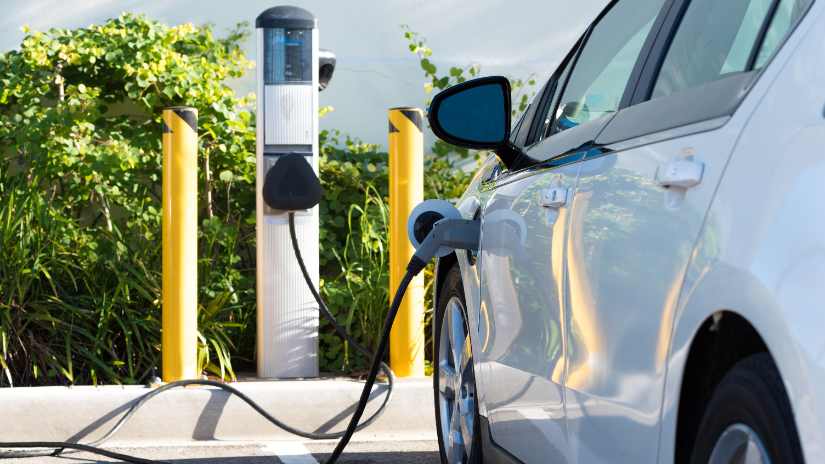
The Federal Chamber of Automotive Industries (FCAI), the industry lobby group, has released data showing a notable shift in the sales of electric vehicles (EVs) and hybrids in Australia's automotive landscape. According to the research, EV sales have almost tripled from the year before, with over 87,000 units finding new homes and making up 7.2% of the market. In parallel, over 98,000 hybrid and electric vehicle sales have occurred, accounting for 16.2% of all automobile sales.
These data show a turning point in Australia's automotive industry, which has historically been dominated by gasoline and diesel cars. Fuel efficiency standards (FES), which require the sale of low-emission vehicles, do not exist in Australia; however, the rise in sales of electric and hybrid vehicles indicates a substantial change in consumer preferences. This green shift will gain impetus when the Labor Government declares its FES targets.
With more than 215,000 units sold in 2023, Toyota maintains its position as the best-selling brand for the twenty-first year. The Tesla Model Y, however, made history by breaking into the top 10 and becoming the first battery-electric vehicle to do so. The Ford Ranger, on the other hand, emerged as the most popular model.
The auto industry has also changed as a result of the spike in EV sales. Instead of maintaining conventional gasoline and diesel engines, mechanics are learning new skills to service electric vehicles (EVs). Automotive apprentices can be trained to work on both internal combustion engine vehicles (ICEVs) and electric buses (EVs) at training facilities such as the Kangan Institute. This is an important step toward closing the skills gap in the automotive industry.
Notwithstanding the industry's record-breaking sales numbers, cost-of-living pressures and prospective interest rate hikes are preparing the sector for a difficult 2024. The Job Openings and Labor Turnover Survey (JOLTS) indicates that there are fewer job openings than there have been since March 2021, suggesting that the labor market in the United States is slowing down. Future Federal Reserve interest rate decisions may be impacted by this economic situation.